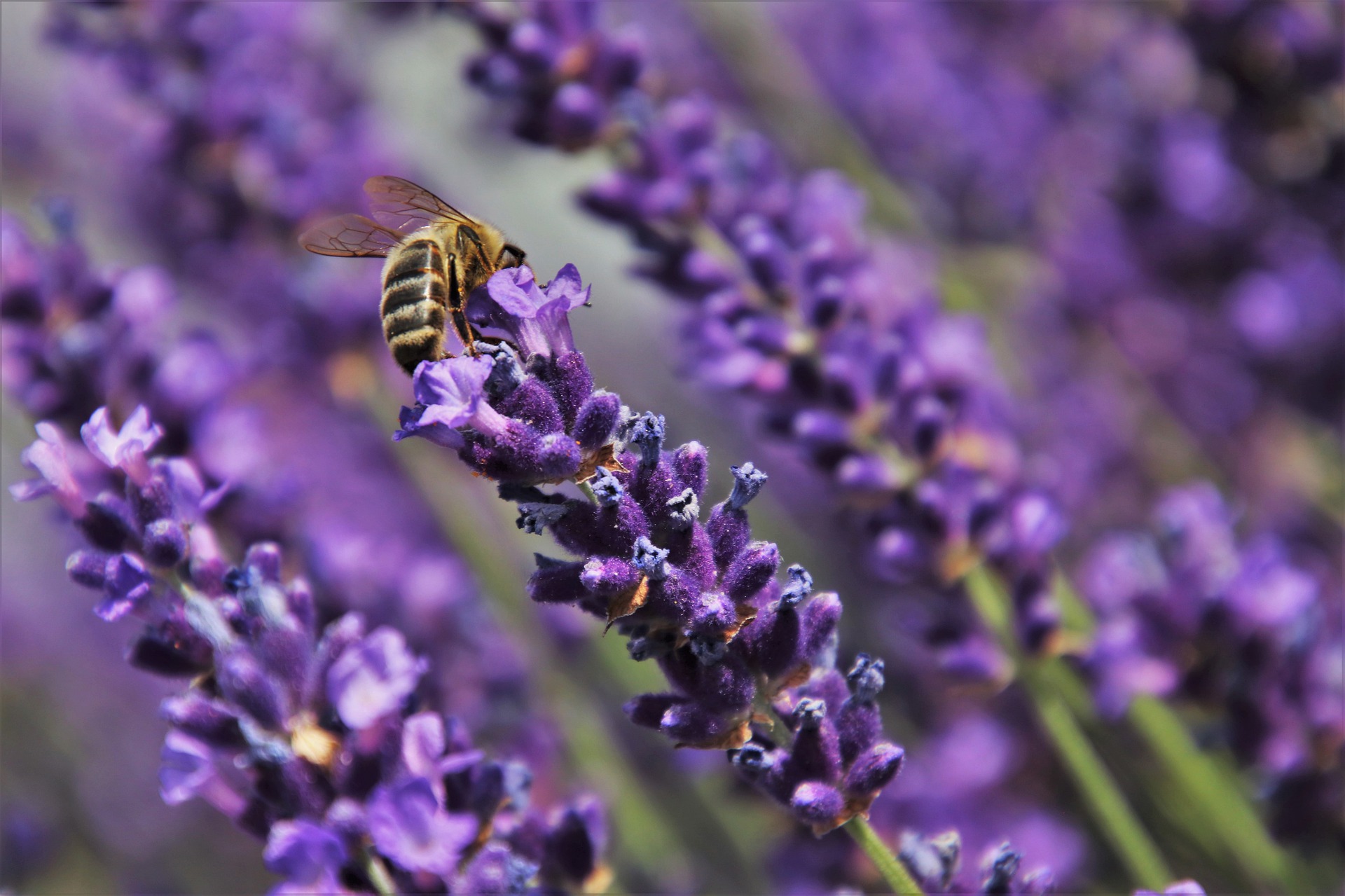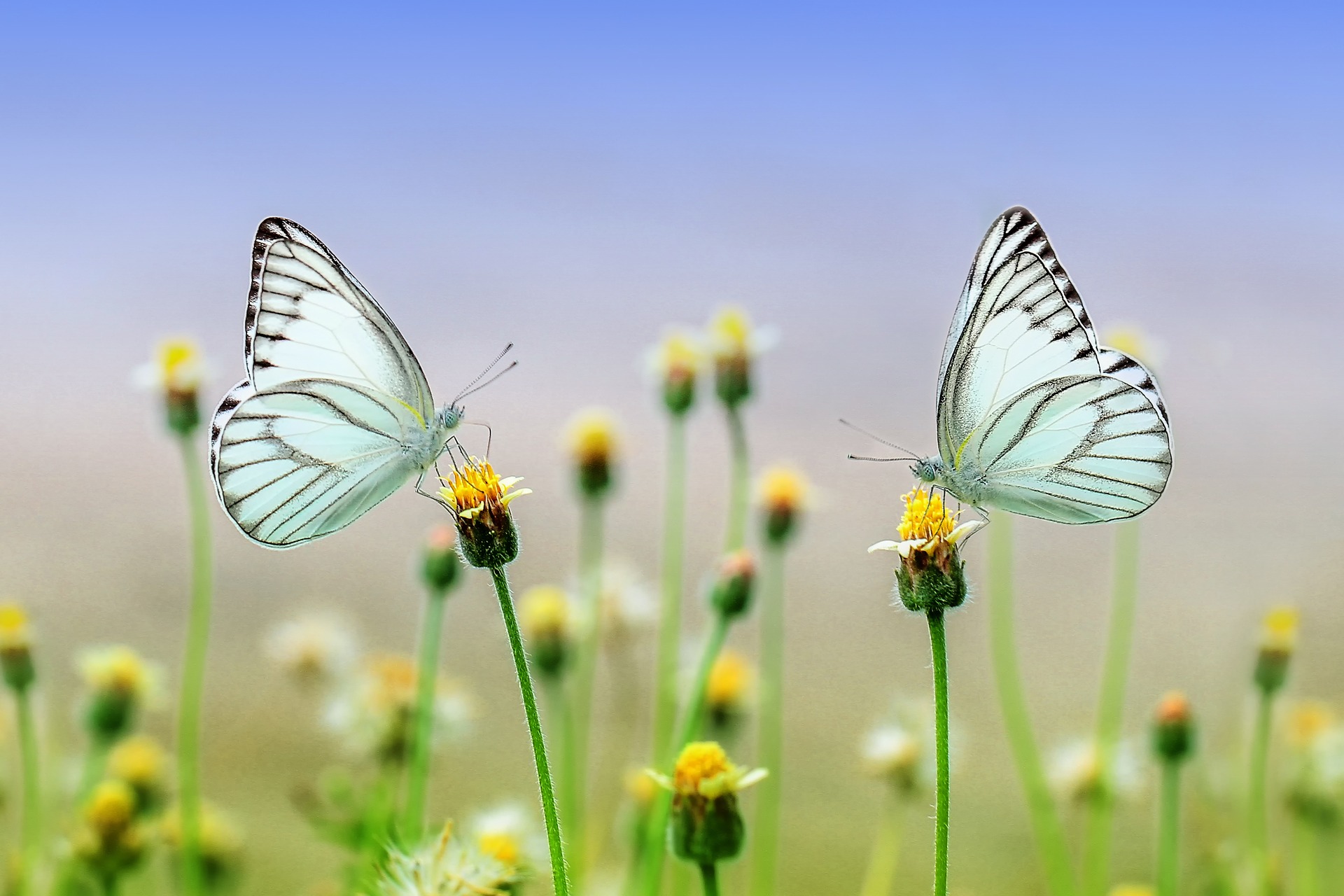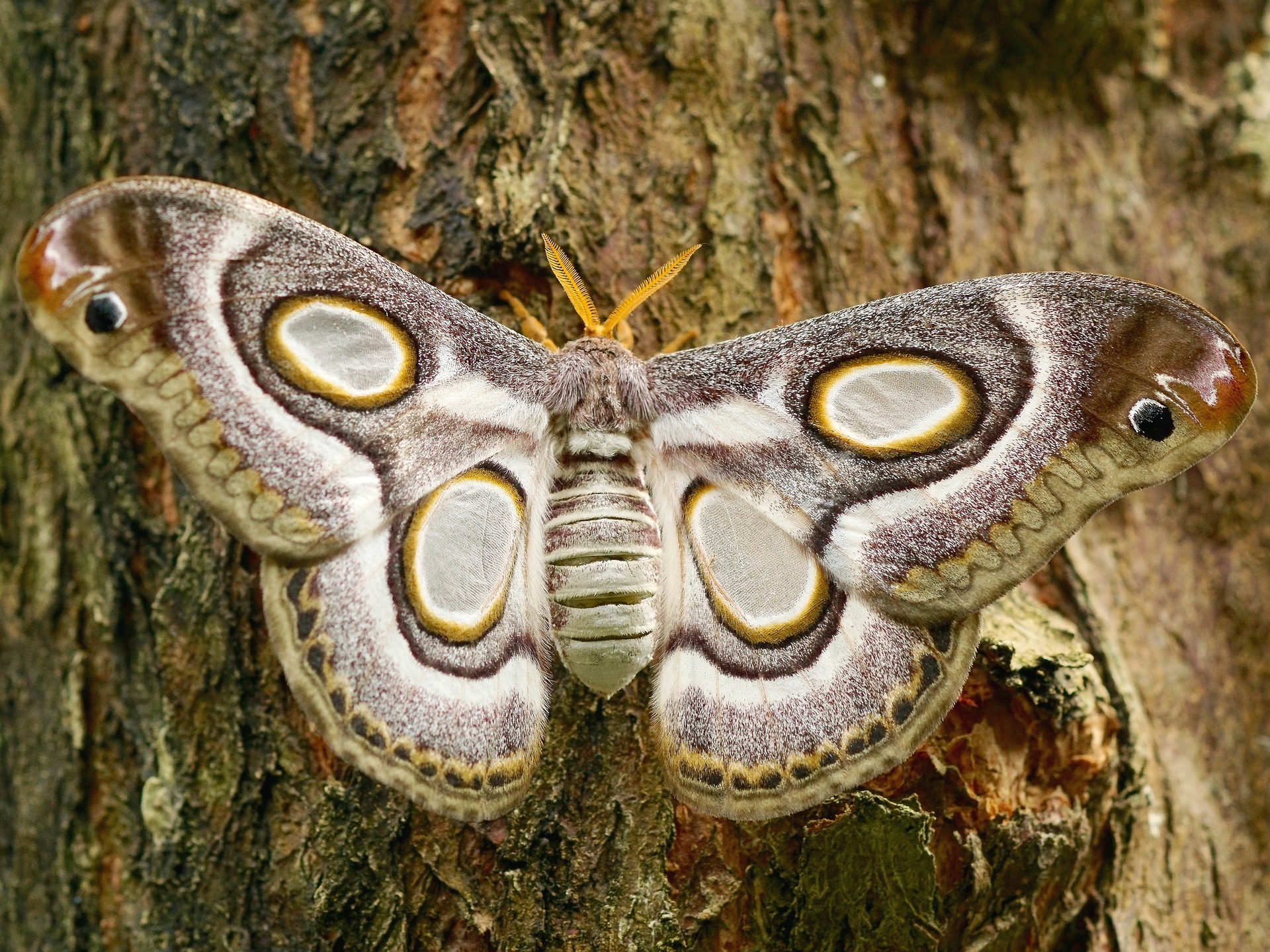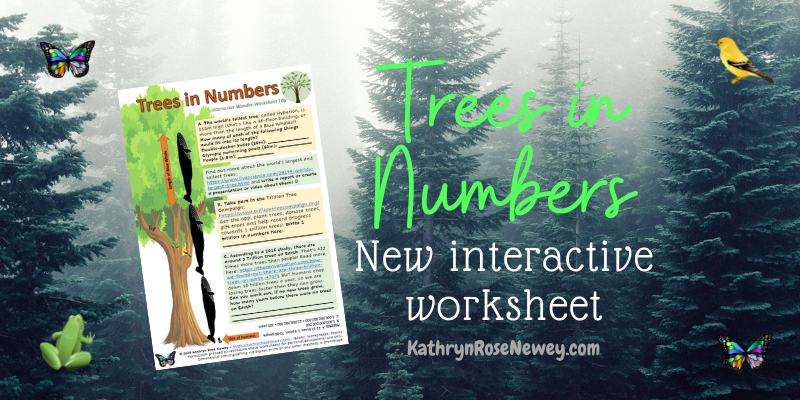Butterflies and Moths are fascinating, other-worldly, fluttery creatures. As it’s now summer in the Northern Hemisphere, you should be seeing them around flowers on sunny days, particularly butterflies. If you’re lucky.
I say ‘lucky’, because butterfly and moth populations, like many invertebrates and other species on this Earth, are in serious decline.
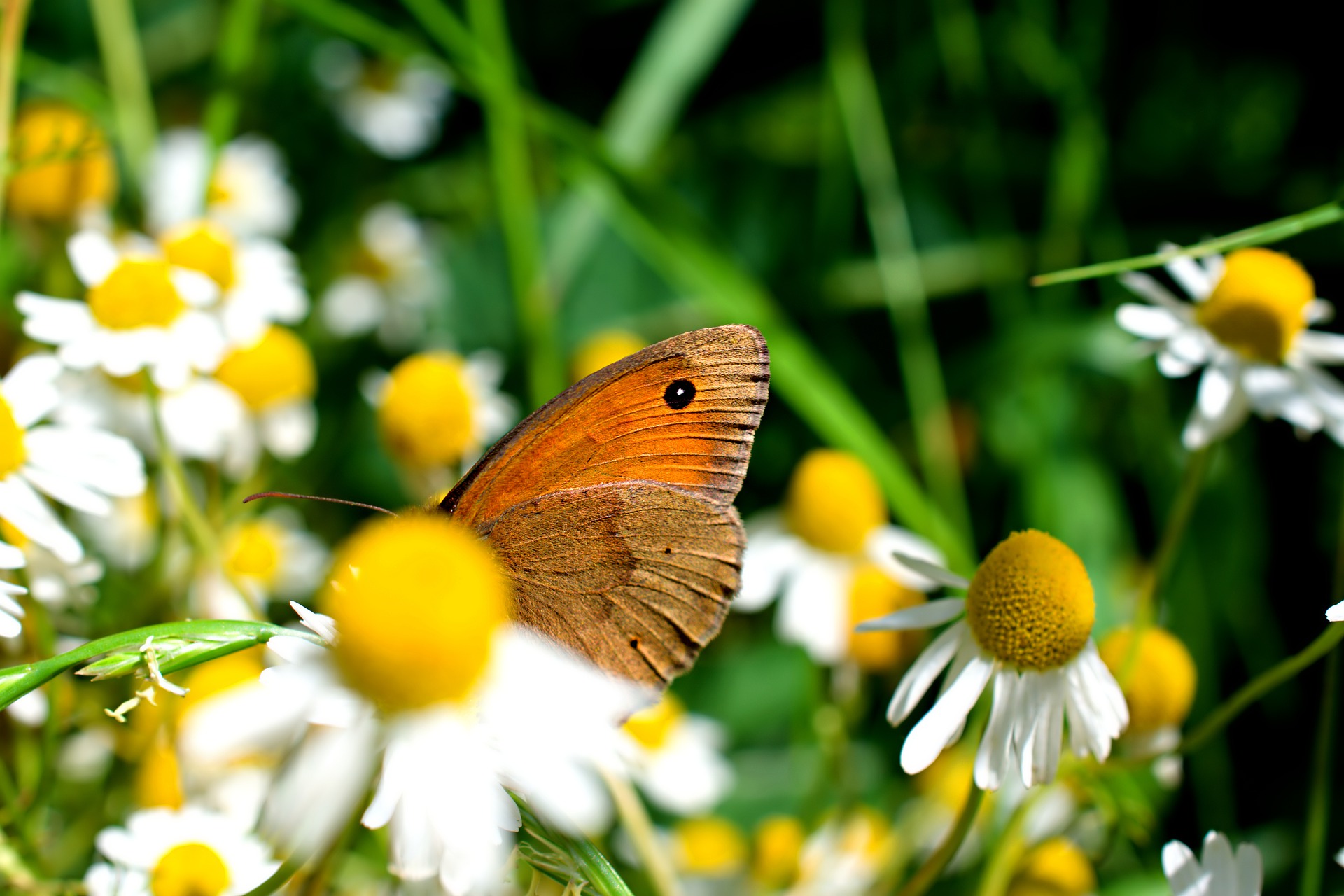
Besides being pretty reminders of summer and flowers, what do they do?
If you’re seeing butterflies or moths in your garden, it’s a key indicator that your garden is a fairly healthy mini-ecosystem, because if they’re around, it means there are food sources for them. And where there is food for them, there is food for others too.
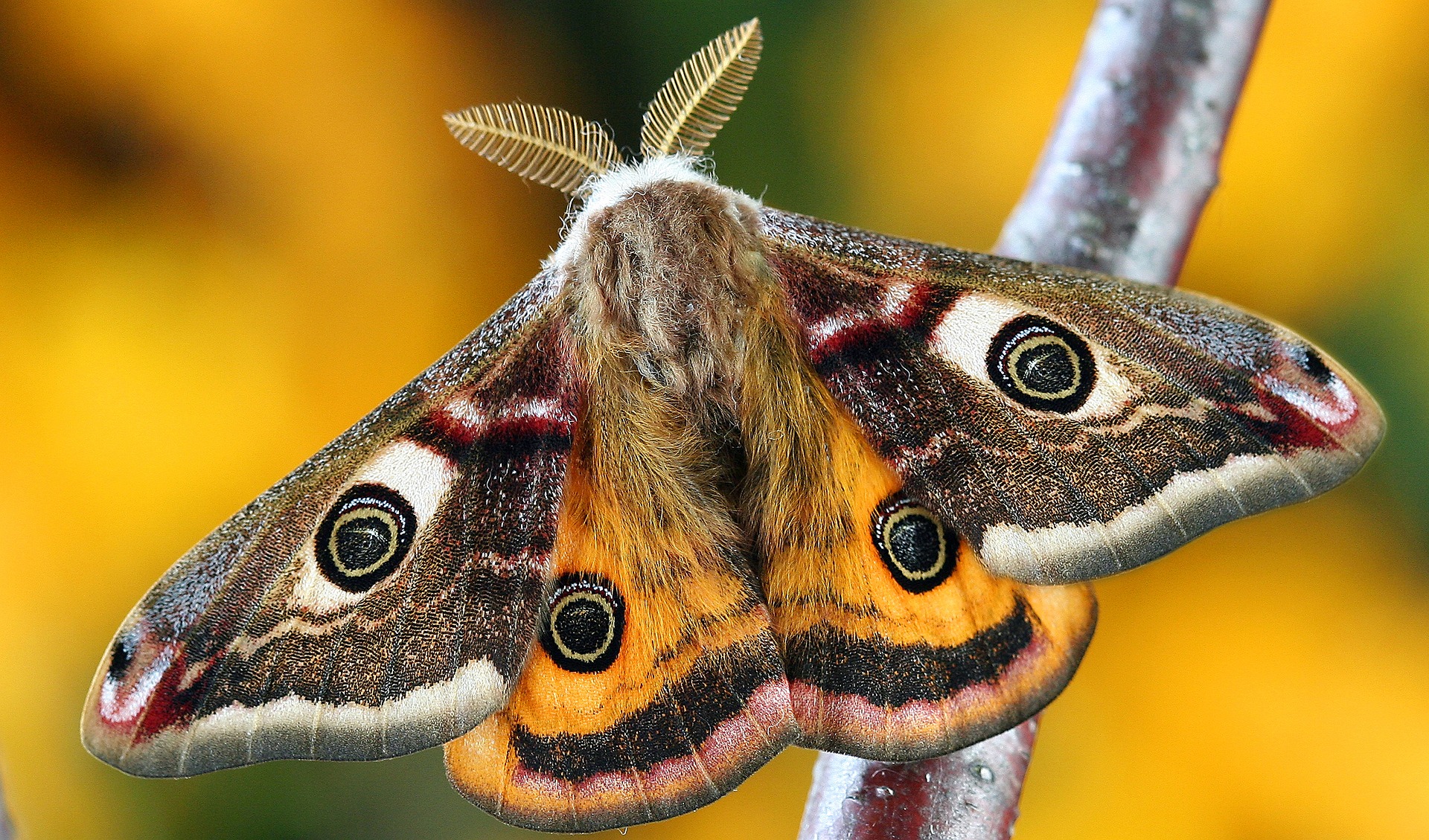
So the presence of butterflies and moths usually means there are also other ecologically-important invertebrates like bugs, beetles, spiders, worms and bees, which in turn provide welcoming food for other animals like birds, bats, mice, hedgehogs, frogs and so on.
Collectively invertebrates (including insects, spiders, flies and worms) contribute hugely to life on Earth, doing extremely important and very specific jobs like pollinating plants, improving soil quality, providing natural pest control, and serving as food sources for other animals in the food chain.
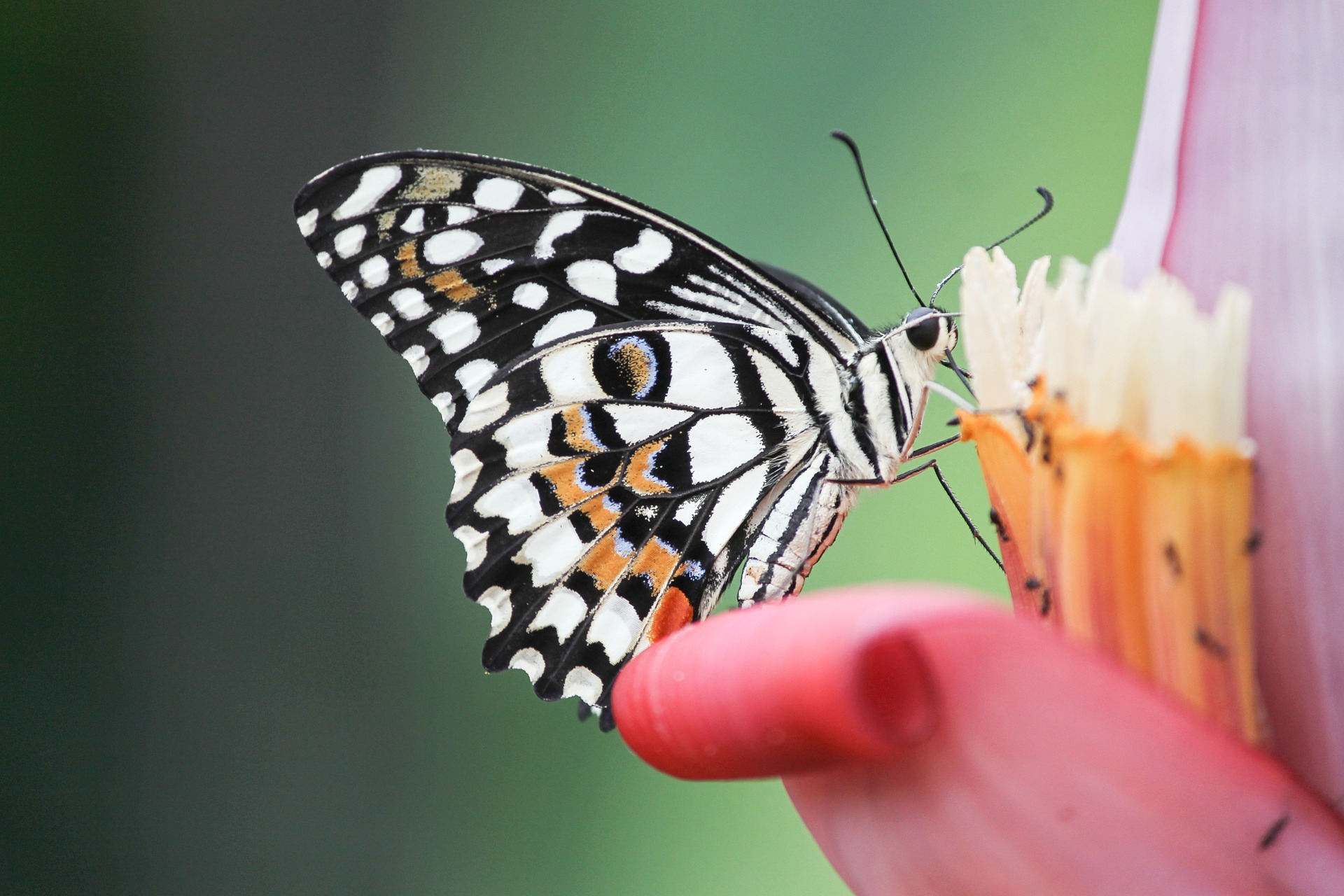
Besides being part of the great web of life on Earth, butterflies and moths are intriguing. The idea that they go from leaf-bound caterpillars to flying beauties in one short life is amazing and should be celebrated.
What are the differences between butterflies and moths?
Often people think butterflies are more colourful, but while this may be generally true, there are many monochrome butterflies and many multi-coloured moths. Moths are also often more furry or fuzzy, but butterflies can be too.
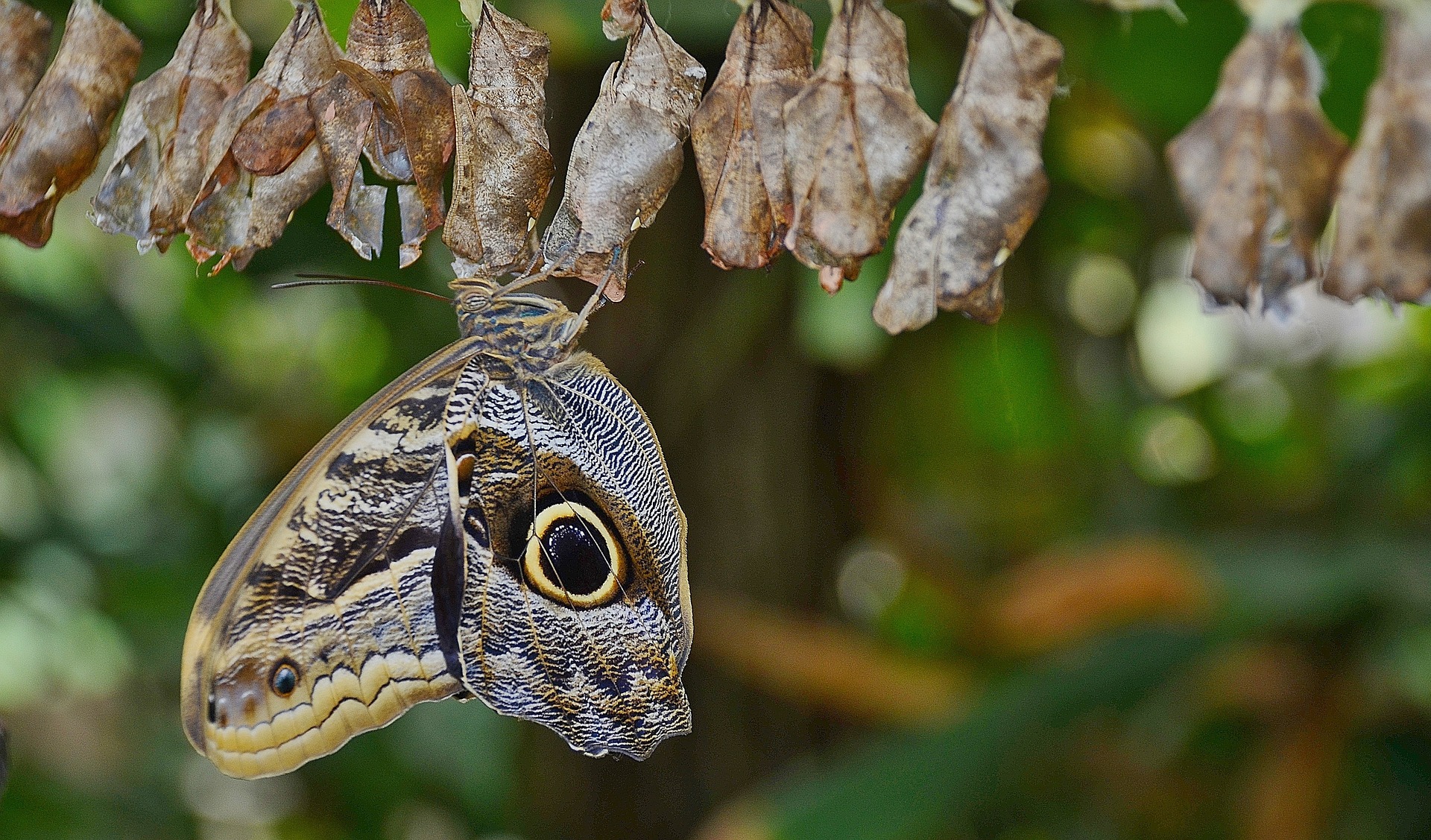
The main differences are:
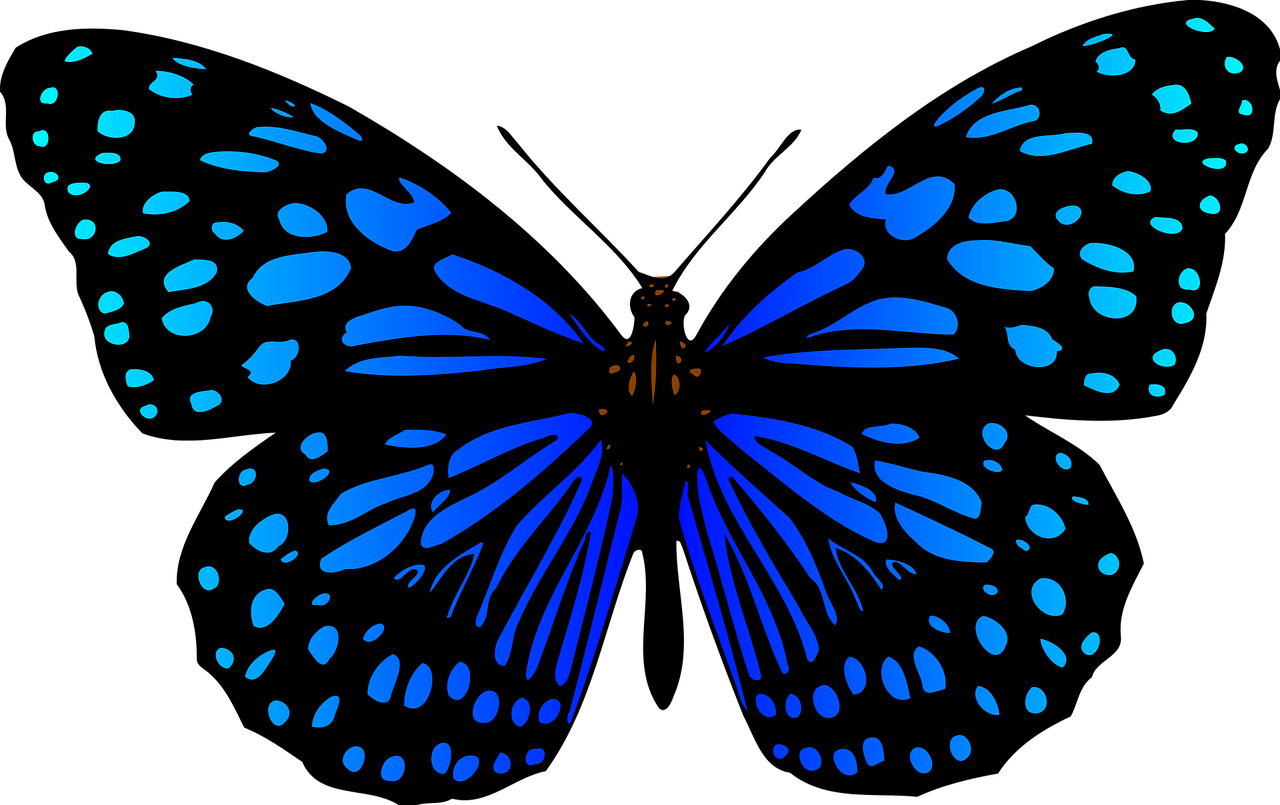 Butterflies are generally awake and seen in the daytime (preferring sunny weather), while moths are nocturnal and will often be seen fluttering around lights at night or resting on walls or trees.
Butterflies are generally awake and seen in the daytime (preferring sunny weather), while moths are nocturnal and will often be seen fluttering around lights at night or resting on walls or trees.
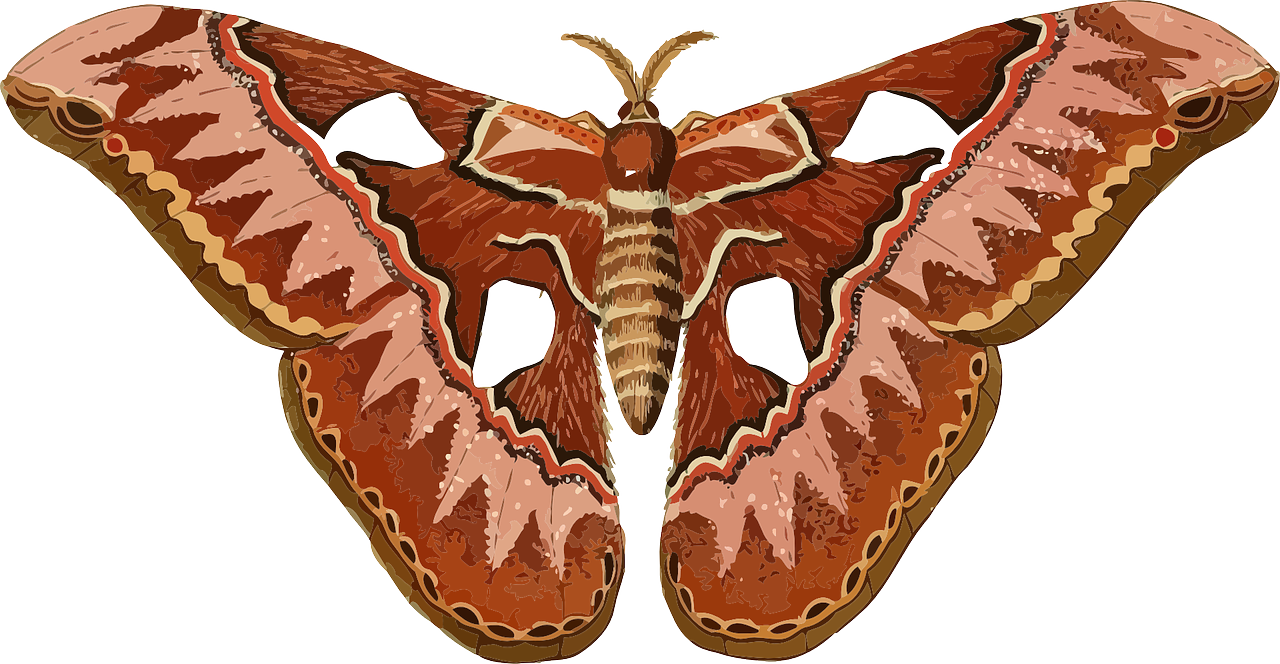 Butterflies rest with their wings closed together vertically, whilst moths will rest with their wings wide open and flat against a surface.
Butterflies rest with their wings closed together vertically, whilst moths will rest with their wings wide open and flat against a surface.
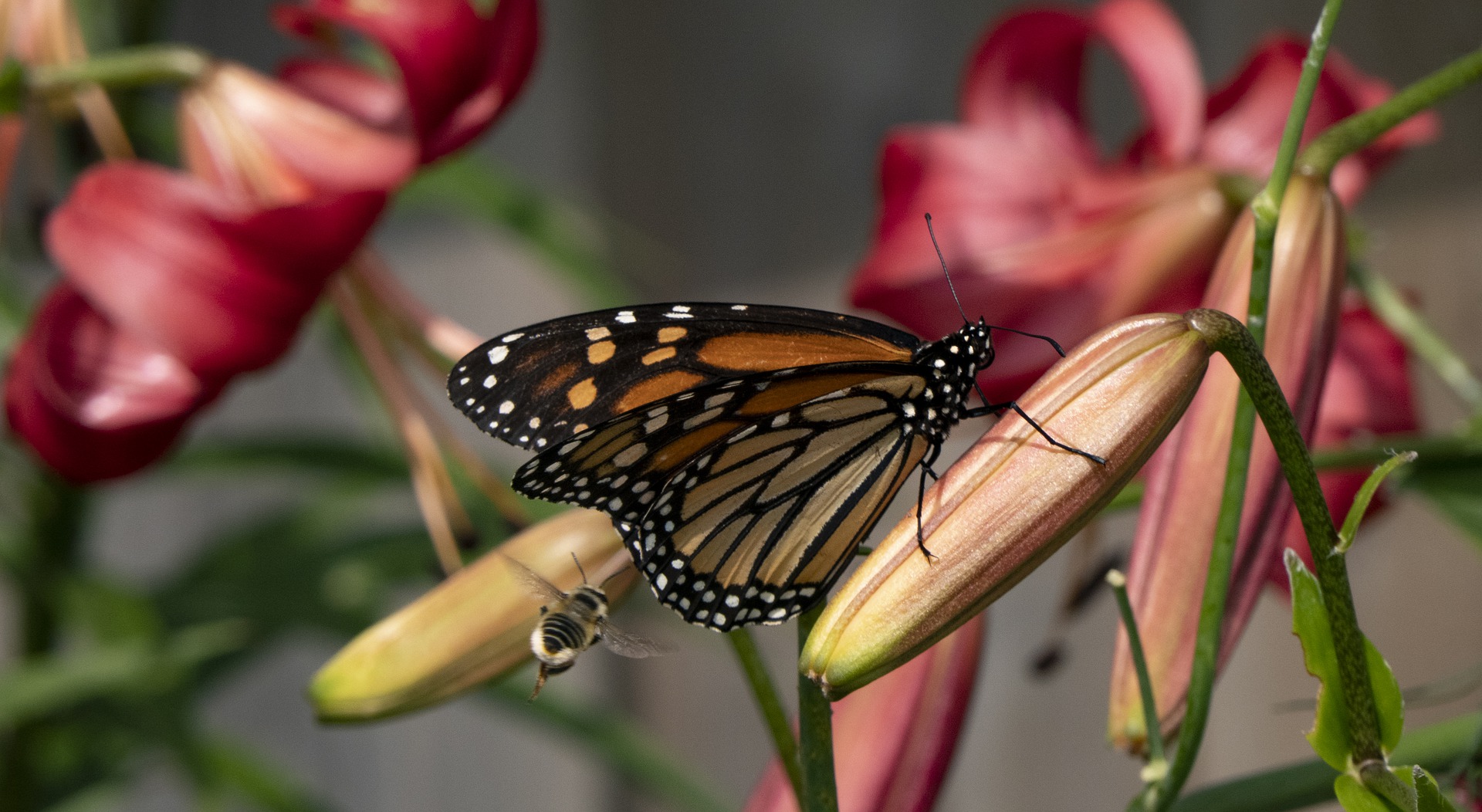
 Butterflies have longer, thinner antennae, while moths usually have shorter, feathery ones.
Butterflies have longer, thinner antennae, while moths usually have shorter, feathery ones.
 Butterflies create hard chrysalises to grow in from their caterpillar stage, while moths create soft, silky cocoons.
Butterflies create hard chrysalises to grow in from their caterpillar stage, while moths create soft, silky cocoons.
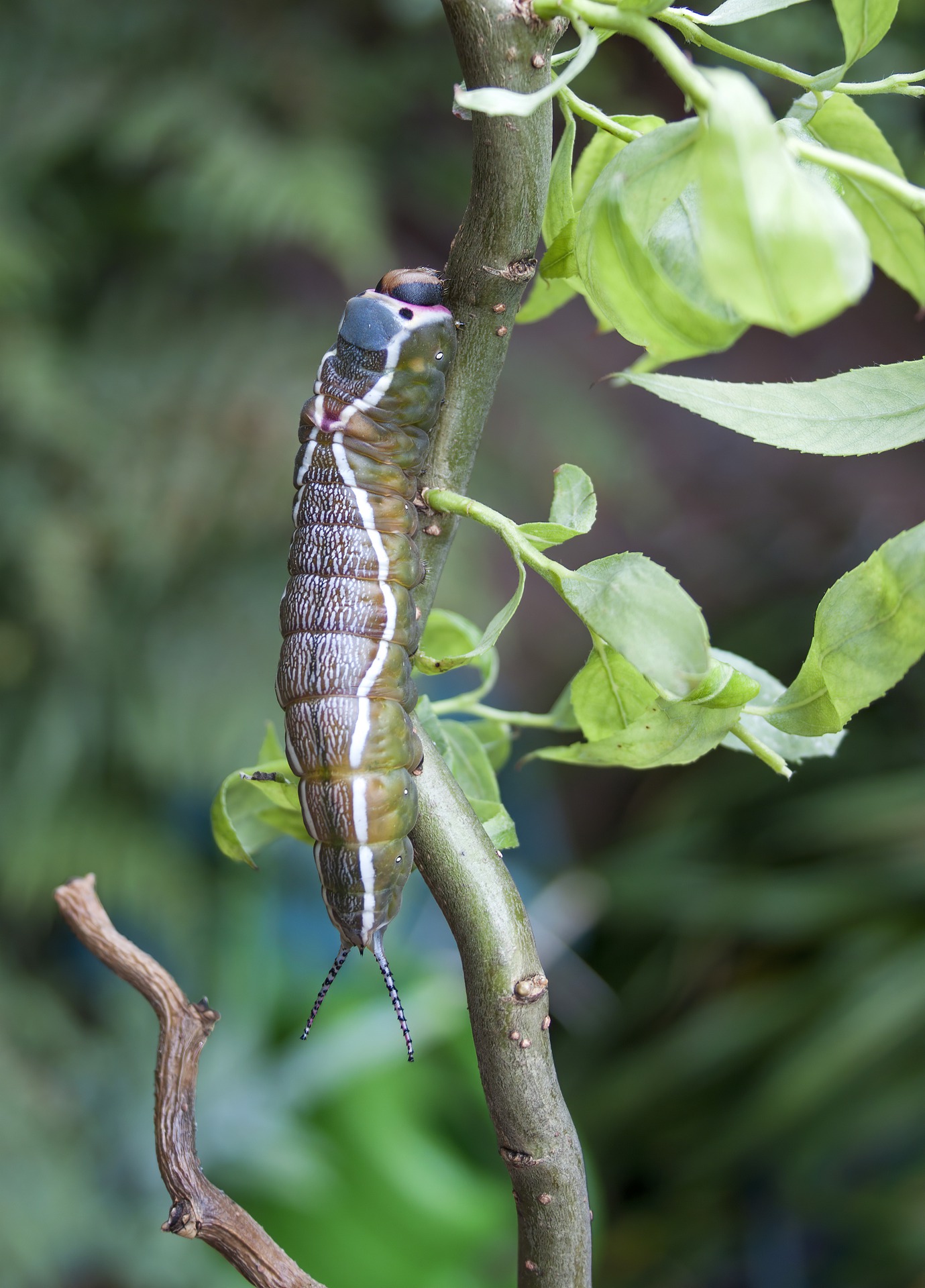
Are there any dangerous butterflies or moths?
The vast majority of butterflies and moths are not dangerous to humans, and none can bite.
However eating some species such as the Monarch Butterfly can be toxic because they eat toxic plants and the toxin remains in their bodies. And a few species of caterpillar can cause pain and swelling from touching their stinging spines or hairs on their bodies.
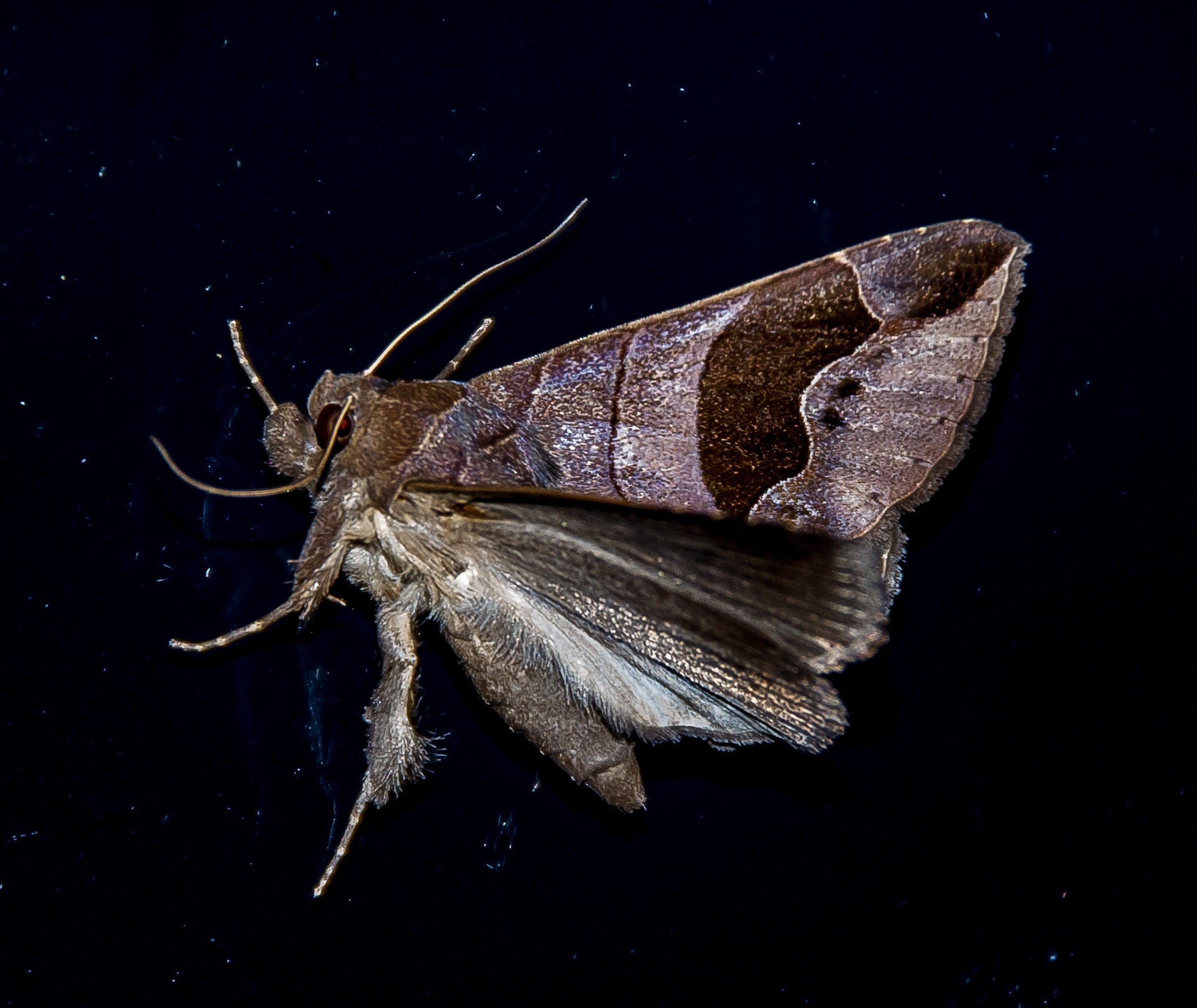
What about clothes-eating moths? Of the thousands of species of moths, only a few will attack clothes and they prefer dirty and undisturbed clothes.
How can we encourage butterflies and moths?
Make sure you encourage pollinator- and caterpillar-loving plants in your garden or plant pots. Do some research to find which plants and flowers they like, then plant them in your garden.
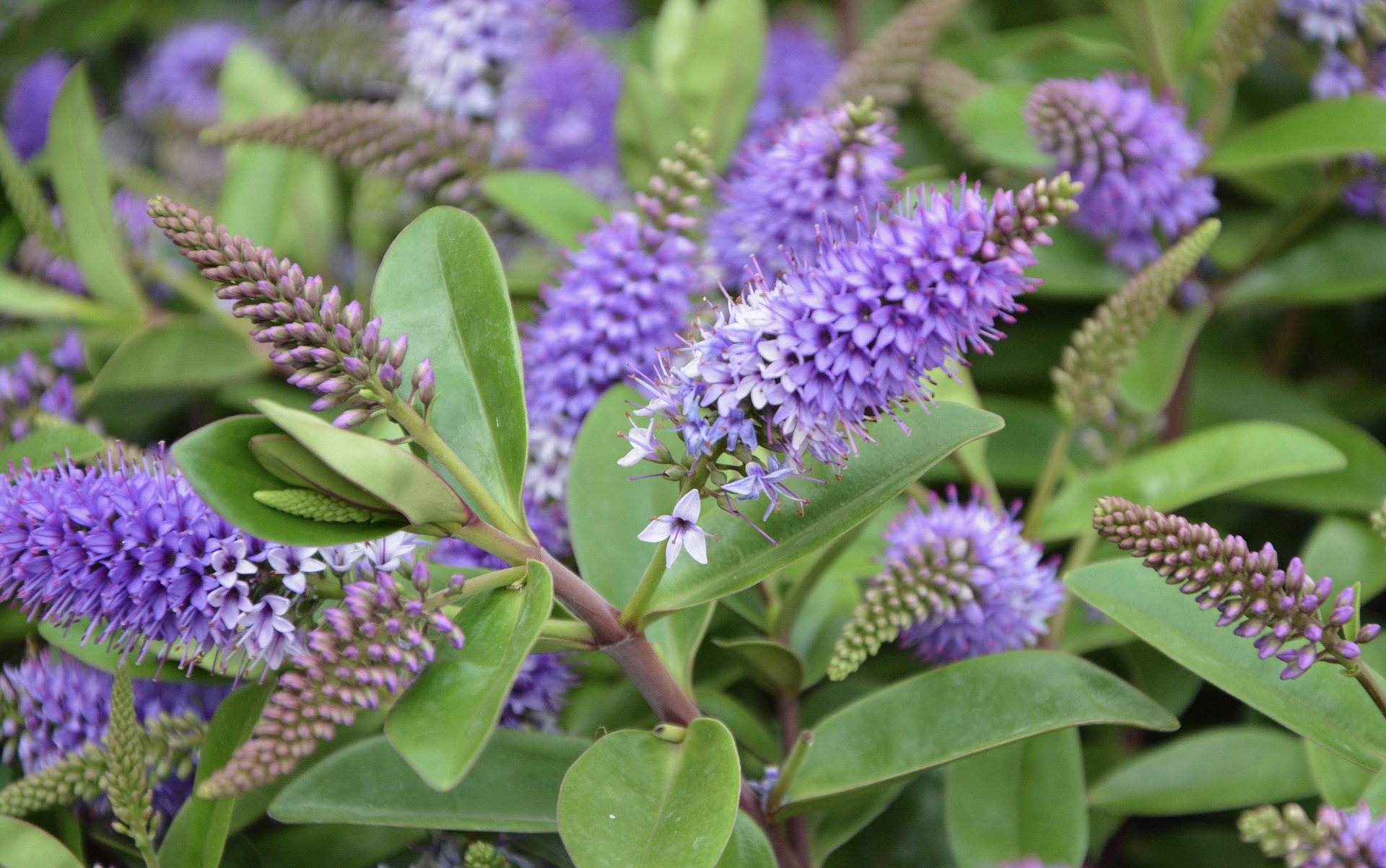
Try not to cut back bushes, trees and hedgerows. Plants not only provide food for butterflies and moths (and their caterpillars), but are their homes and nesting places too.
Do not kill, chop or pull out weeds. Many common weeds are essential food for butterflies, moths and other invertebrates, and weeds are plants too, so have a right to life like anything else.

Reduce or completely stop using weedkillers, herbicides, pesticides, slug pellets, moth balls, bug sprays and other garden poisons. These not only kill off food sources for invertebrates including bees, butterflies and moths, but often small creatures will be poisoned too, even if the poison wasn’t aimed at them. Remember: Any substance which is meant to kill some life will be dangerous in some way to all forms of life.
Visit and support public gardens, places and sanctuaries that actively encourage butterflies and moths. You can find out more here: North American Butterfly Association, USA or Top 10 National Trust gardens to see butterflies, UK.
Take part in bee, butterfly and moth counts to help scientists monitor their numbers, such as these ones:
The Big Butterfly Count (July-August, UK): https://bigbutterflycount.org/
The Great British Bee Count (May-June, UK): https://friendsoftheearth.uk/bee-count
Blooms for Bees (Bumblebees count, UK): http://www.bloomsforbees.co.uk/
National Moth Recording Scheme (UK): http://www.mothscount.org/text/70/How_to_take_part.html
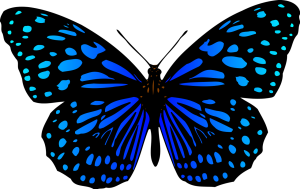
Get in touch! How often do you see butterflies and moths? Which are your favourite species and why? Which plants do they like? Do you feel their numbers have declined since your childhood?
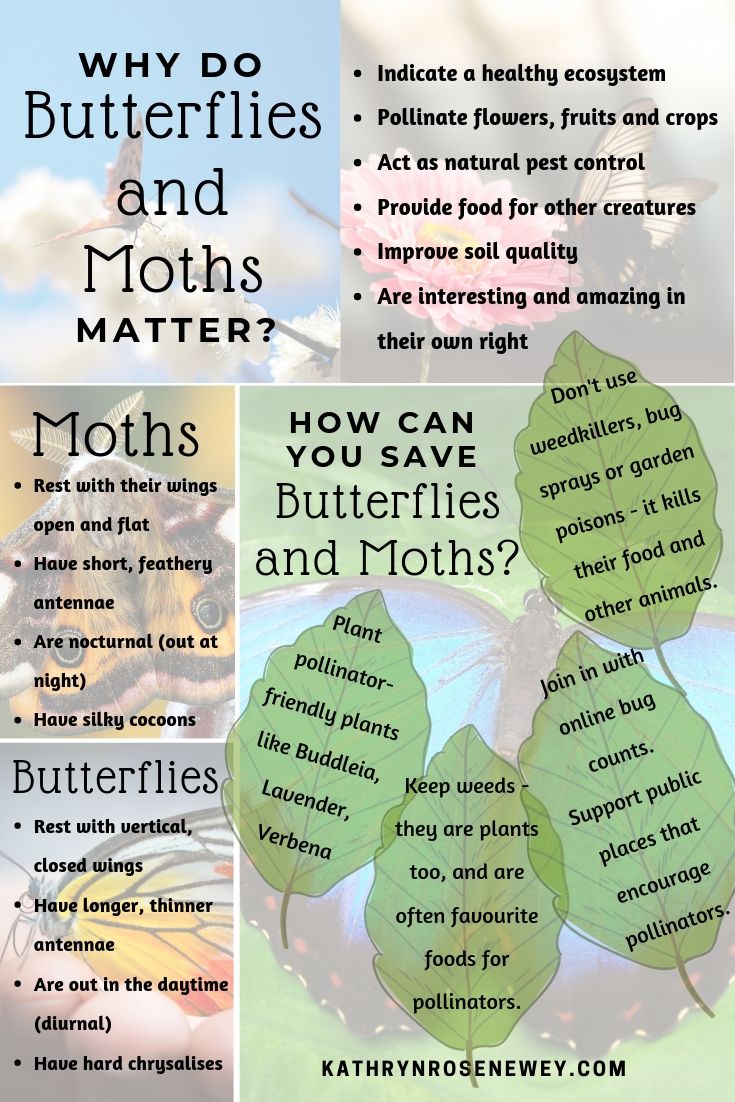 Get this printable A4-size companion poster, exclusive to signed-up subscribers, summarising why Butterflies and Moths are important and how to save them.
Get this printable A4-size companion poster, exclusive to signed-up subscribers, summarising why Butterflies and Moths are important and how to save them.
Sources and further reading
https://animals.mom.me/moths-dangerous-humans-6231.html
https://beewatch.abdn.ac.uk//beewatch/index.php?r=species/index
https://www.bigbeecount.org/
https://bigbutterflycount.org/
http://www.bloomsforbees.co.uk/
https://www.buglife.org.uk/bugs-and-habitats/puss-moth
https://butterfly-conservation.org/how-you-can-help/get-involved/gardening/gardening-for-butterflies
https://butterfly-conservation.org/butterflies/why-butterflies-matter
https://friendsoftheearth.uk/bee-count
https://www.theguardian.com/commentisfree/2014/dec/22/moths-loved-not-loathed-only-few-after-clothes
https://www.livescience.com/34472-difference-between-moth-butterfly.html
http://www.mothscount.org/text/70/How_to_take_part.html
http://nababutterfly.com/
https://www.saga.co.uk/magazine/home-garden/gardening/wildlife/top-10-national-trust-gardens-for-butterflies
Photos thanks to pixabay.com
